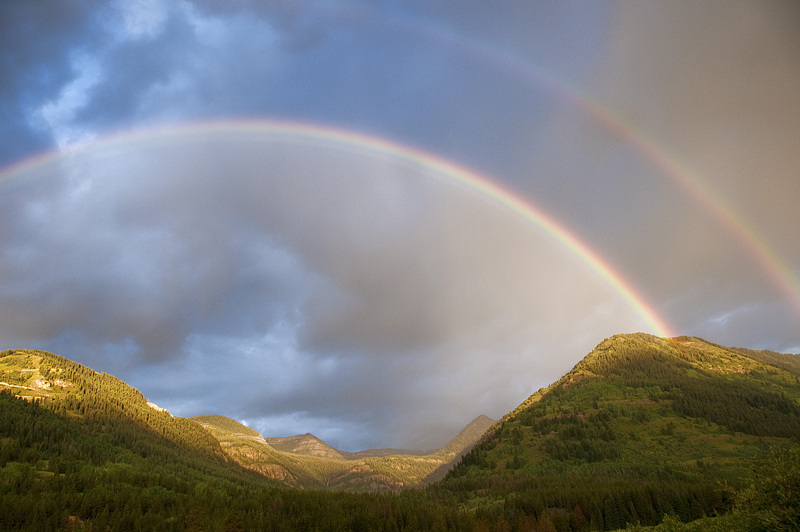
Environmental destruction is a great and accelerating
evil.
George Schaller
The environmental movement of the sixties in this country was a response to a long history of overexploitation of species, environmental degradation, and sometimes outright calamity. These in turn sparked scientific study, grass roots action, and legislation. Increased awareness of issues resulted from the powerful new medium of television, as well as the visual arts and literature. Nearly 50 years of this awareness has spawned a brand new science (environmental science), a new vocabulary, and even revised school curricula.
In 1962 Rachel Carson warned us that "we were silencing songs we'd never heard." Silent Spring was published, her bestseller and winner of the National Book Award, that presented the scenario of a world without birdsong and other dire consequences if pollution of the environment and use of DDT continued. President Kennedy read the book and charged his Science Advisory Committee to study the "pesticide problem" and make recommendations. The link between DDT and plummeting bird populations was firmly established and the pesticide was banned in the U.S. and most other developed countries in the early seventies. Carson, the shy and unassuming scientist, would be credited with starting a revolution-the modern environmental movement-still going strong 50 years later.
This was a grass roots revolution in which a newly militant citizenry demanded the curtailment of pollution, the cleanup of polluted environments, and the protection of pristine areas. Established organizations were joined by new ones such as the Natural Resources Defense Council and Greenpeace, among many others. In response to the pressure Congress created the Environmental Protection Agency and passed numerous laws protecting the environment and wildlife, such as the Clean Air Act of 1970, the Clean Water Act of 1972, and the Endangered Species Act of 1973. A disastrous hazardous waste problem at Love Canal, in New York, led to the Superfund Act of 1980. Scientific studies on acid rain, the thinning of atmospheric ozone, and climate change would lead to further grass roots activity and policy changes.